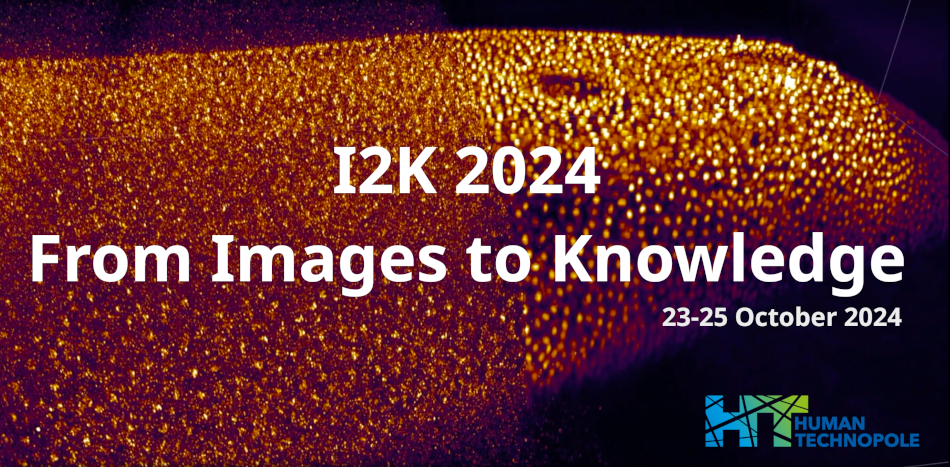Speaker
Description
Recent advances in super-resolution fluorescence microscopy have enabled the study of nanoscale sub-cellular structures. However, the two main techniques used—Single Molecule Localization Microscopy (SMLM) and STimulated Emission Depletion (STED)—are fundamentally different and difficult to reconcile. We recently published a protocol enabling to perform both techniques on the same neuron sequentially, allowing the superimposition of post-synaptic protein distribution onto dendritic protrusions shapes. Nevertheless, automatic segmentation and correlation of these data pose significant challenges.
We propose to use this protocol to create digital models of representative synapse morphologies, in which density maps highlight the preferred locations of post-synaptic proteins. First, we use a pipeline employing generative adversarial networks and style transfer to attenuate intensity variations in the STED image, facilitating the automatic segmentation of labeled neurons. Then, we segment, classify and analyze spine morphologies using a Delaunay triangulation computed from the segmented neurons. Finally, we non-linearly project the protein localizations of a given SMLM acquisition onto their corresponding spines.
This high-versatility pipeline allows to aggregate dozens of spine morphologies, creating class-wise digital models of synapses featuring protein density maps.
| Authors | Antoine J.-F. Salomon*, Tiffany Cloatre, Magali Mondin, Olivier Thoumine, Florian Levet |
|---|---|
| Keywords | fluorescence microscopy, super-resolution, SMLM, STED, neuron, synapse, dendrite, dendritic spine, segmentation, classification, annotation, correlation, modeling, deep-learning, generative adversarial network, Delaunay triangulation |

